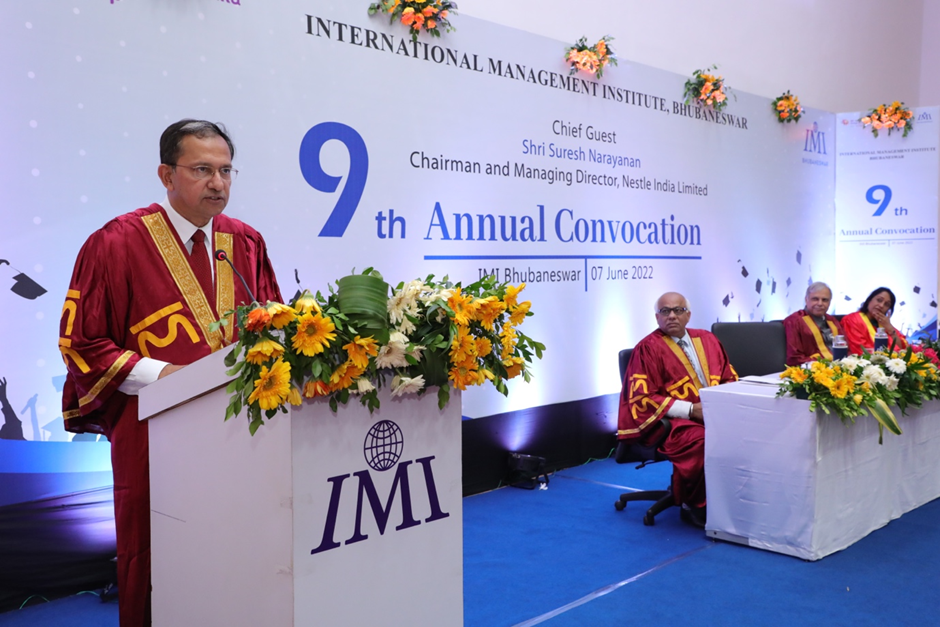Pursuit of ‘Un’-Happiness: Is the glamour industry minting money using our insecurities?
Glamour Industry: A Page 3 hot topic has always been the talk
of the town. Whether be it over
a cup of coffee or over a sip of wine, this is what has always got people
going. Life at the other side of the fence has always been glamorous. Or has
there been any another side of the story? A side people have not come across! A
side that appears to be a garden of roses but is water less like a desert. But
who has created that side? Is it us, the organizations or the society?
An aspect that haunts every individual is ‘Log kya kahenge”
because they want to be perceived as finest in the society. Every girl wants to be the “baby doll” or
“bebo” and every guy wants to be the “kukad kamaal da” of their respective
societies. For e.g. the definition of Indian weddings has changed, the brides
are facing intense competition from their sisters, aunties, maybe even their
mother. Heavy expenditures on makeup, dresses, jewellery are done to make their
Dp’s look flawless. It’s become a “Clash of Clans” to portray themselves as
picture-perfect idols. Hence walls created by society between black &
white, men & women, tall & short, rich & poor, beautiful & ugly
have become too high for individuals to cross over. The psyche of individuals
runs on the perception and preferences of society not their own happiness or
choices. So they start chasing and changing everything that makes them a
goody-goody symbol in the society. How is this change and chase happening? Are
brands eventually modifying their communication strategy by taking advantage of
the psyche of individuals by highlighting the glamour industry? Is there
a connection between the society and the glamour world?
Glamour has gone beyond the realms of any segment. Everyone hunts it as
their breakfast. It has changed the consumption patterns, by serving a
different taste, style, appearance or opinion.
The idealistic image of the industry has persuaded them to look new and
improved if they use products or clothes like them. We find it fanciful,
because we compare our real life with a reel life world. For E.g. Slim
actresses, muscular actors, nude makeup, classy dresses in fact there lifestyle
has driven us crazy, where as our dusky complexion, extra size, short height,
specs instead of lenses has made us feel inferior.
So is the Glamorous industry just a fake reality of
what a common man aspires to have?
Hoi polloi with a desire to look perfect as their glamorous
role model have created a new business for companies. So what are consumers
looking for: Do they want to look beautiful/ attractive or they want to hide
their insecurities? Because consumers are ready to spend any amount to look
alike their role models. Plastic surgeries, pants that tighten your stomach,
Botox injections have become too common.
An evolution in makeup, skin and hair care, health clubs has
been brought according to the psychology of the consumers. In fact their daily
spending has started revolving around these issues, like Kellogg; a breakfast
diet for women in order to lose weight in two weeks or Horlicks makes your
child “Taller, Stronger, Sharper’’ or Creams that makes you fair or 12 hours
long lasting makeup to make you look beautiful. All these messages are being
communicated through glamour industry by the organizations. Companies have
connected with the emotional psyche of the consumers and flooded them with
uncountable products. I still remember going
gaga over Kareena’s size zero- A Tashan that flopped but her size became a big
blockbuster, or an excess hair fall made me use L’Oreal because “I felt I am
worth it”. Sensitivity in my teeth shifted me towards “Sensodyne”. Believing
these models or actresses as a “Miracle of God’’ I rubbed, scrubbed my skin to
look like them. Was it correct on my path? Was it natural or was I falling to a
trap? All in all, the advertisement played to its objective.
Many campaigns came as bolt from the
blue. Like, Fair and lovely was criticized for a racial discrimination act
where they portrayed a financially struggling father wishing for a son instead
of a dark skinned daughter, who could not support her family. She decides to
become air hostess and starts using “Fair & lovely” to change her
complexion. Other similar ads like girl getting rejected in an interview due to
dark skin or Saif Ali Khan leaving Priyanka Chopra in an ad because she is
unattractive, and starts dating beautiful Neha Dhupia. And when Priyanka starts
using “Fair & Lovely” and finally Saif Ali Khan comes back to her.
Belittling dark skin or gender discrimination or ageing in
their campaigns; is this type of marketing justified? Are these brands
targeting such audience or segments intentionally? By putting their actions on the border of
discrimination and deception! These marketing efforts are robbing the morale of
people rather than giving them a hope. They are creating a world of façade and
taking away the natural instinct of people. It’s become “Baby I am preying on
you tonight, hunt you down eat you alive” syndrome for organisations.




Comments
Post a Comment